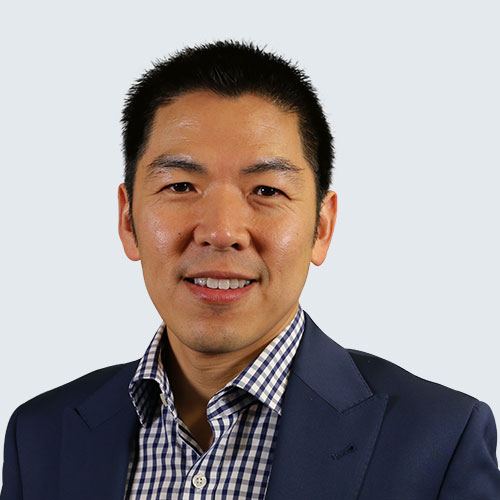By Dr Irwin Lim, Rheumatologist
Feb 2004. That's when I left hospital confinement to set up private practice as a rheumatologist, fearful and excited. I think I saw 2 or 3 patients that entire 1st week. In Australia, patients present via referrals from their general practitioners and I was very unknown and unloved at that stage.
10 years on and it gives me an excuse to reflect. These are a few personal observations, noting that I practise in a well resourced, metropolitan environment in a comparatively rich country.
Hospital training does not prepare you for private rheumatology practice
The nature of hospital rheumatology with sicker patients on the wards; under-resourced, busy outpatient clinics with excessive waiting lists; and the constant pressure to speed through the lists and to discharge patients, did not ready me for the type of rheumatology I would see in private practice. Patients are different, expectations are different, the pathology presented is different.
I do however think I was taught a way of thinking and an approach to sorting out complicated problems.
My entire medical training did not include any teaching about small business, which is a big failing. I think the vast majority of rheumatology is practiced out in the community in Australia. Running a viable, small business is vital for the physician's peace of mind and efficiency, and ultimately, better for patient care.
Private practice rheumatology can be invigorating
I recall being told by senior colleagues how private practice can be isolating and over time, the drudgery of attending to patient complaints and problems day-in and day-out can be draining.
This can of course be managed, in some settings better than others. The traditional model of rheumatology practice in this country with one consultant, a waiting room and 1-2 administrative staff may follow that script. I've however been lucky to work in a vibrant group practice with enthusiastic rheumatology colleagues and other complementary allied health colleagues. We teach and we learn from each other.
We hold educational meetings, case discussions, practice reviews. We can support and provide cover for each other during the essential holiday breaks.
As our treatments become more potent, rheumatologists need to have a higher profile
In 2004, a few months into my 1st year, government-subsidised TNF inhibitor therapy became available for rheumatologists to prescribe. We now have access to 8 biologic agents. There has been quite an explosion of knowledge and scientific trial data in the last decade with more to come.
Rheumatologists have become more useful to their patients, and it is imperative that our traditionally low profile improves. If general practitioners and the general public don't even know what a rheumatologist is, and what we do, how will patients with the conditions we treat well, ever come in contact with us?
Subspecialisation is personally satisfying
The longer I've been in rheumatology practice, the more general physician skills I've lost. For example, I have not prescribed an anti-hypertensive for blood pressure since I left hospital. This is the GP's domain. Working in a city, there are also lots of other specialists, all looking after their own part of the body.
The mix of patients I see is also more limited. I don't get to see acute vasculitis very often, or very sick lupus patients with threatened internal organs. They get referred to the hospital.
I've developed a subspecialty interest in Ankylosing Spondylitis and spondyloarthritis, so I see a lot of that. It's allowed me to be involved in awareness initiatives and allowed me to engage with and learn from colleagues far more expert than I am.
I also see a lot of rheumatoid arthritis and psoriatic arthritis because these are very prevalent in the community and we make a point to expedite review of these patients when highlighted by their GPs. Patients with these chronic diseases require regular follow-up and over the years, fill up a larger and larger percentage of available appointments.
Increasing specialisation is not necessarily good for the community but it's nice to be the go-to-person for something (good for ego and professional development).
The rise of the patient
During my training, I would never have guessed that I'd be writing this blog. Twitter didn't even exist. In 2010, I started to dabble with social media, and through this, I've been exposed to a range of patients' comments. Some of this has been eye-opening and it has made me more aware that doctors can do better. In engagement, in improving awareness and in education.
While social media has provided a tool to speed things up, it's the shift in mindset that counts.
It's been a busy 1st decade for me. I'm still excited about the years to come and hope to continue to harness that feeling to do all the various things brewing and sprouting in my mind.
Dr Irwin Lim is a rheumatologist and a director of BJC Health. You should follow him on twitter here. Arthritis requires an integrated approach. We call this, Connected Care. Contact us.


